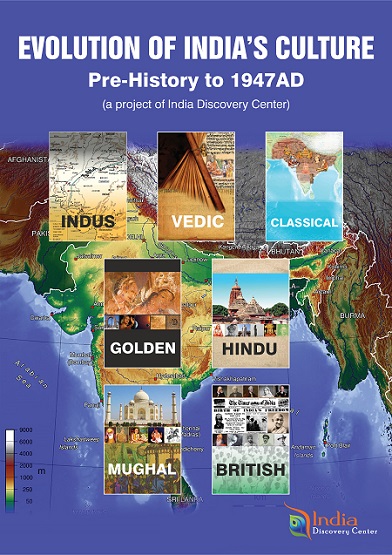Contribute
| India Classical Period (700BCE-200BCE) – Geography And People |
Dr. Hemendra Acharya
03/24/2021
India Classical Period (700BCE-200BCE) – Geography and People In 700 B.C. there were sixteen large kingdoms, known as Maha Janapadas (Figure 1). The largest kingdom was Magadha which encompassed much of northern and central sections of the India. It was ruled by the Nanda Dynasty. Most kingdoms were monarchial, some were republics. People did have voice in the governance. Although kings had power, they ruled with popular consent. Revolts against older religious practices led to the development of two new religions: Jainism and Buddhism. The southern India was governed by family dynasties of Pandya, Cholas and Cheras. They were prosperous through maritime trade Figure 1. Sixteen Mahajanapadas in ancient India For the first time in recorded history the Indian subcontinent was invaded by people from the foreign lands. Alexander’s Invasion expanding his Empire all the way from Greece is the first recorded intrusion to India by the foreign forces (Figure 2). He was defeated. He fled India before proceeding beyond the Indus. It is reported that he carried books and gold from India. Figure 2. Path of Alexander’s invasion to India, 327BCE. A scholar-priest Chanakya along with Chandragupta Maurya conspired revolt against the Magadha Empire. They managed to conquer other smaller kingdoms to create a vast Maurya empire. It stretched from eastern Iran to Myanmar in east and from Kashmir to Tamil Nadu in south. The Indian subcontinent was unified as a political entity. Figure 3. Mauryan Empire 260BCE. The Mauryan King Ashoka consolidated the Empire by annexing Kalinga, the only remaining sovereign state. Ashoka converted to Buddhism and renounced further bloodshed. He turned benevolent and did massive welfare for people. He sent Buddhist monks overseas to propagate the message of Buddha on harmony, compassion and forgiveness (Figure 4). Ashoka’s rock edicts are a first record of a script in India (Figure 5). They remain a valuable source of information about ancient Indian history and people. Figure 4. Travel routes of Buddhist missionaries during Ashoka’ reign. Figure 5. Locations of Ashoka’s rock edicts scattered in the Empire, 250BCE. Joint family system characterized the society. The system was mostly patriarchal. Megasthenes, the Greek historian of 4th century BCE, reports the practice of polygamy. Varna system of social order was invoked for work, remuneration and taxes. There was no social or economic inequality because of profession. Marriage between members of the same Varna was preferred, though marriage across the Varnas was allowed. Marriage for the girls at or before puberty was prescribed and was in practice. Education was available to children in all Varnas and both genders. It was imparted by teachers in residential schools. Multi-discipline university education was the hallmark of the higher education system. Large reputed universities served as education centers for students from all parts of the world. Economics, public policy, religious studies, language, grammar, philosophy, mathematics, astronomy, military science, health sciences and construction engineering were among the disciplines taught. It is reported that Taxila, now in modern Pakistan, accommodated more than ten thousand students. State-sponsored scholarships were available (Figure 6) Figure 6. University of Taxila, architectural reconstruction Massive construction projects with stone carvings changed the urban landscape in the country. Cave dwellings, sanctuaries, monasteries, monuments, well-laid educational institutions were common. Use of iron brought in many more new skills among people. People were active in literature, music, art and theater. Social celebrations and festivals were common. Reflective time helped develop high orders of cosmological speculations and philosophy. Changes in geography and people’s lives in this period influenced the development of cultural diversity. The period saw the coexistence of belief systems with individual liberty in faith and in practice of life. The country was opulent. All opinions found accommodation. The difference in opinion was resolved through congregational meetings, arguments and scholarly exchanges. No internal military revolt is reported. Indian culture spread to Far East and continued to remain dominant over a wide area after many centuries. References: The Wonder That Was India By A. L. Basham India As Seen By Panini – PhD Thesis By D.N.Aggrawal, Delhi University, 1952 History & Culture of Indian People, Classical Age, Vol. 2, Published By Bharatiya Vidya Bhavan, Ancient Geography of India, By Alexander Cunningham Dr. Hemendra Acharya is a co-leader in Geography and People track in the project on "Evolution of Indian Culture: Pre-history to 1947AD" More information and updates on the project are available at https://www.facebook.com/Evolution-of-Indian-Culture-An-IDC-Project-107749391111922 More information on India Discovery Center is available at https://www.indiadiscoverycenter.org (c) Copyright 2021 India Discovery Center, Inc. All rights reserved. 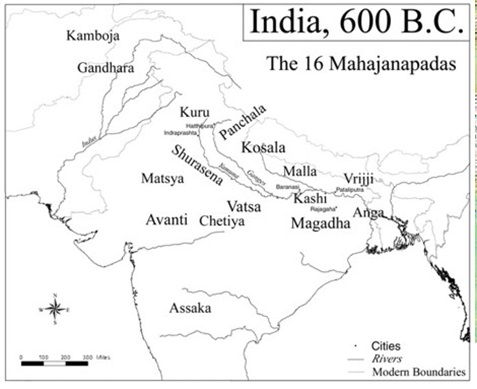
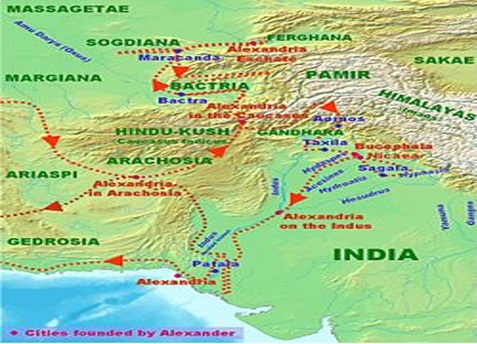
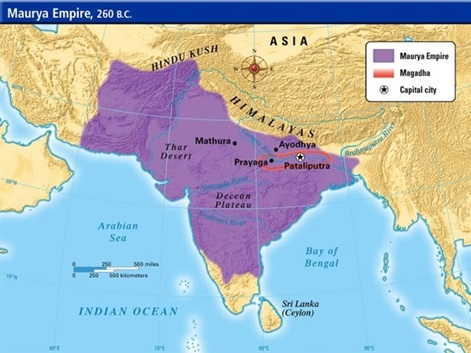
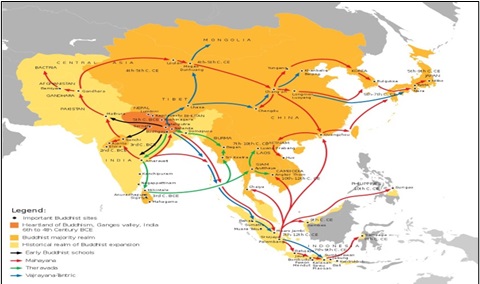
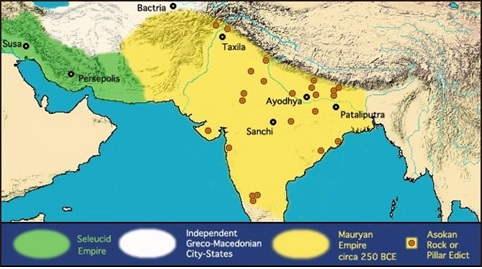
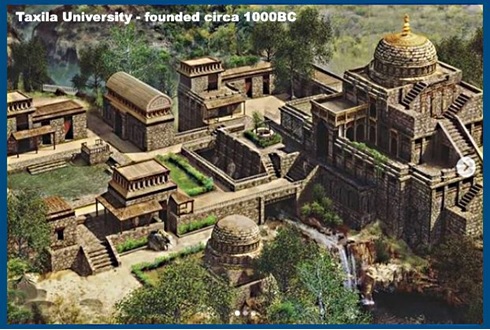
You may also access this article through our web-site http://www.lokvani.com/
